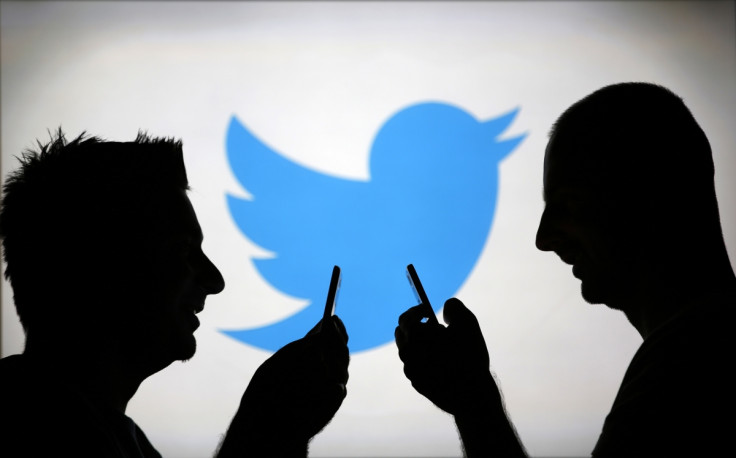Twitter timeline change: A tiny number of users have actually switched off controversial system

Remember the furore caused by Twitter's plans to switch the order of its timeline from reverse chronological to a seemingly random algorithm, like Facebook? The backlash was enormous, as users complained in droves that putting 'important' or 'valuable' tweets at the top would ruin the experience.
The feature has been active for two months now and only a tiny number of users have actually switched it off. In fact, just 2% of Twitter's 310 million users worldwide have bothered digging into the settings to revert back to the old system. Perhaps everyone has learnt to simply scroll down a bit to find the chronological tweets; perhaps some just don't know where the off button is. Or maybe the change wasn't as profound as we all thought it would be.
In the company's first quarter financial results, it described the change as "a great step forward, improving both speed and relevance [of tweets]." It added: "For users with the new timeline, we've seen increases in tweets, retweets, replies and likes, a sign that it improves people's experience on Twitter. Although people can still opt out if they wish, the opt-out rate is extremely low (about 2%)."
Twitter uses algorithms to work out which tweets should appear at the top of your timeline each time you open the app. This is based on which tweets you have interacted with before, who you tweet with the most, and what you are interested in. At first it was claimed news-based tweets would be ruined, appearing out of chronological order and therefore telling an inaccurate story, especially during live breaking news events. Transport for London even cut the number of tweets it sends about service delays because they would confuse travellers if read at the wrong time.
But algorithms fix themselves over time and this, combined with new approaches from the likes of TfL, has cut the negative impact of the change to almost zero. Although we don't yet have the data to prove it, it is highly likely that Instagram users, who reacted with equal venom when it too shook up its timeline order, will be just as happy to embrace the new system.
© Copyright IBTimes 2025. All rights reserved.






















